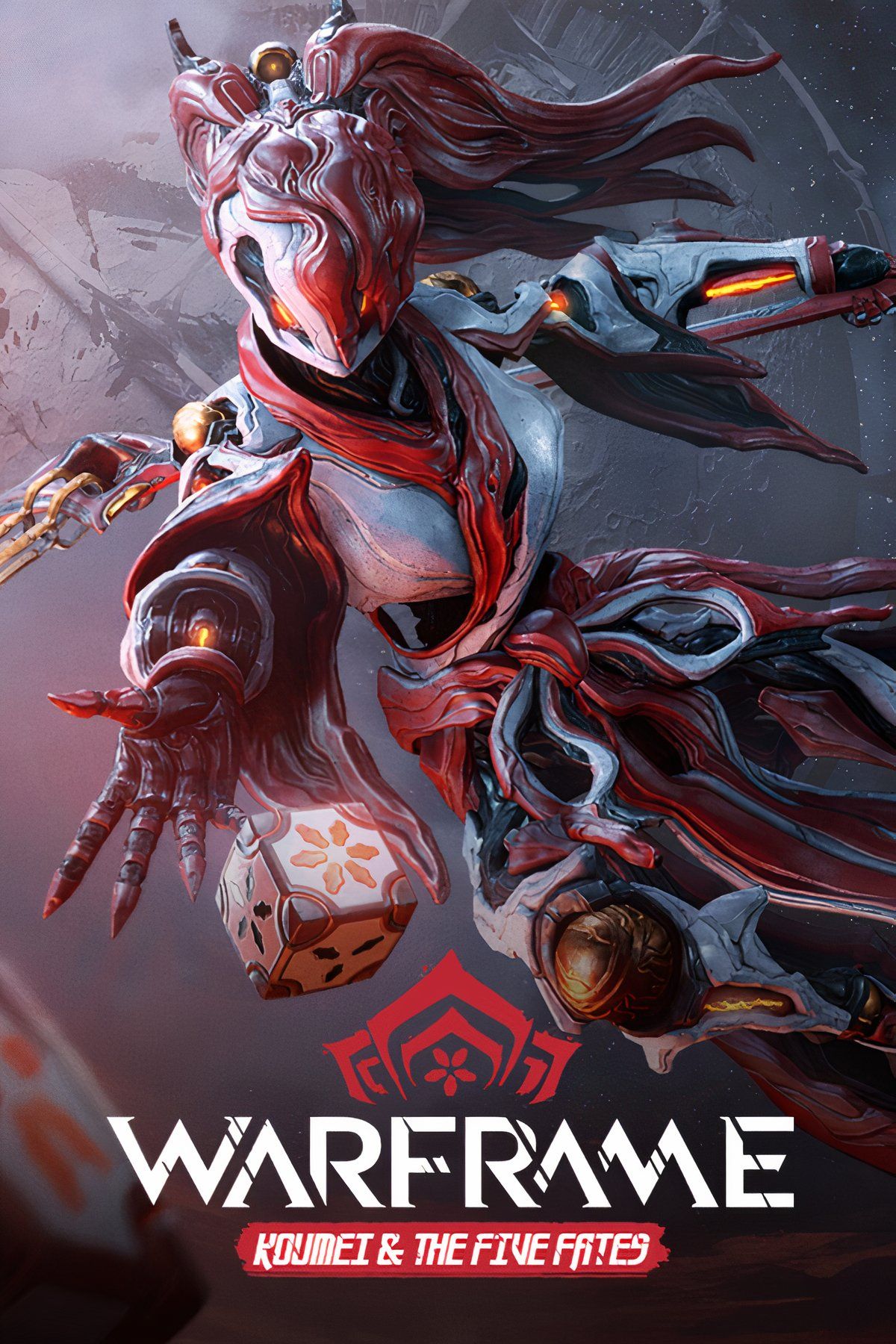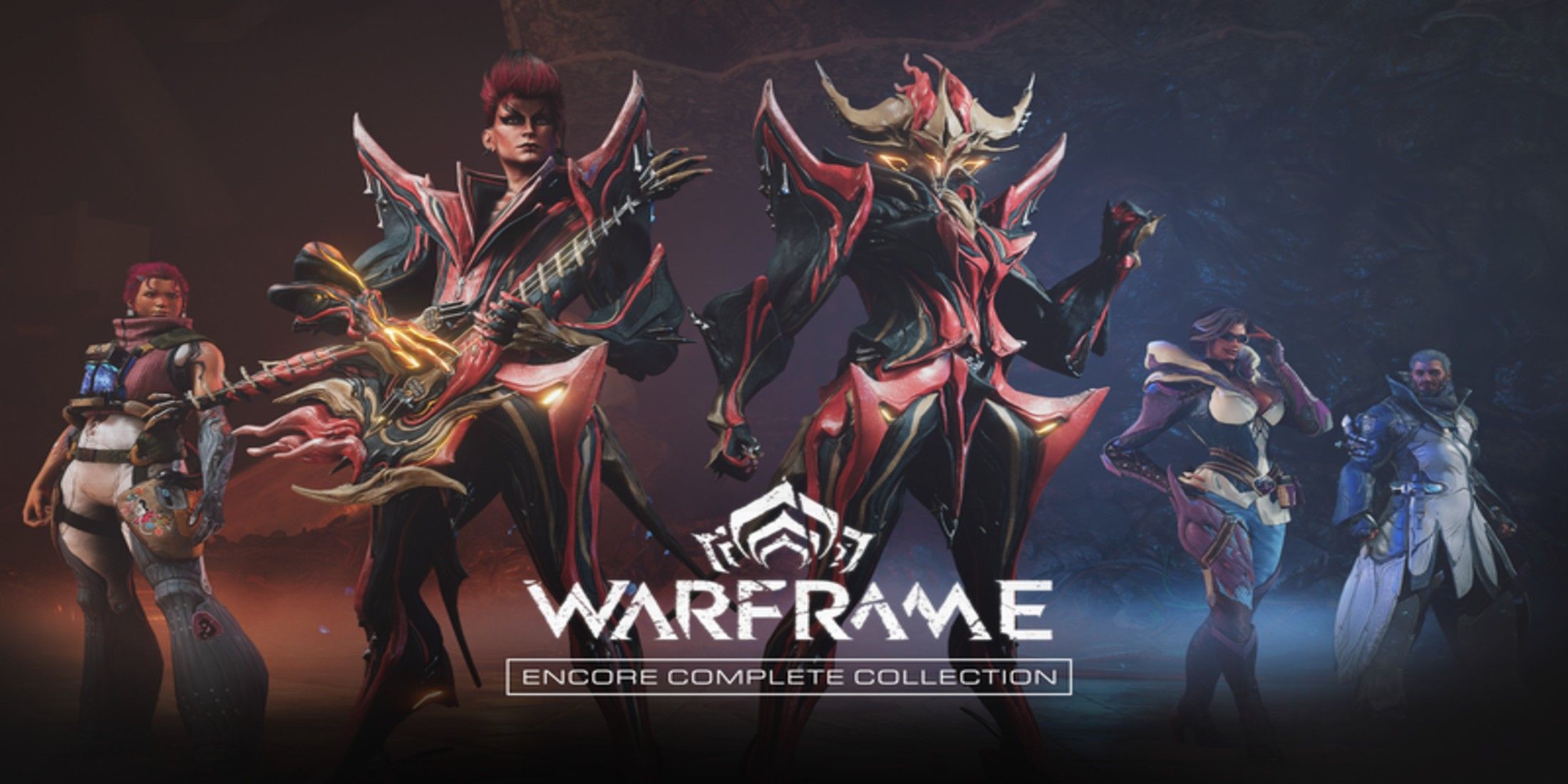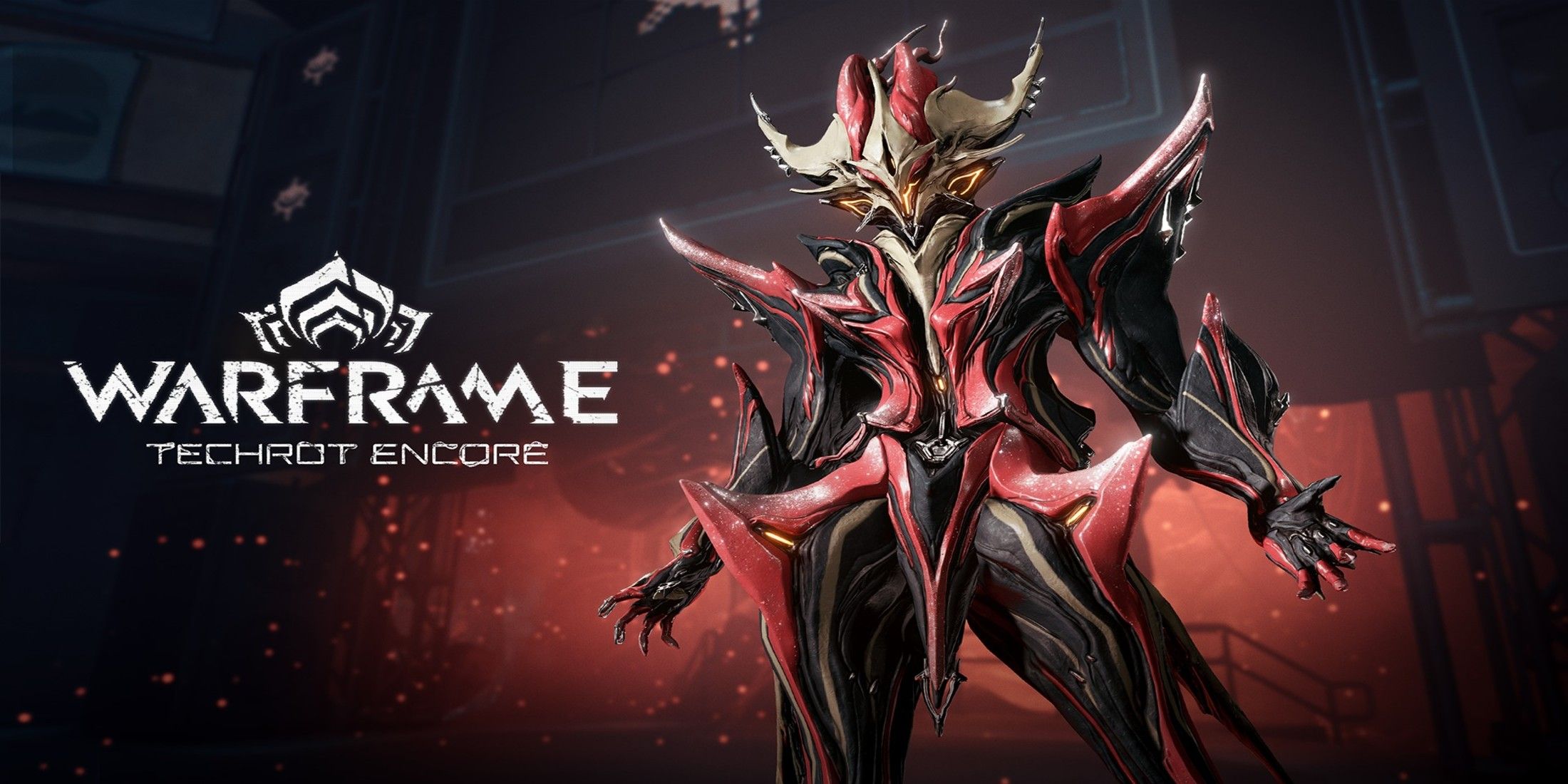
- Released
-
March 25, 2013
- ESRB
-
M for Mature: Blood and Gore, Violence
- Engine
-
Evolution Engine
Warframe‘s latest update, Isleweaver, has just been released—and with a hotly-demanded feature to boot. The team behind Warframe has finally answered a major fan request, rolling out a spider-themed playable character.
Warframe‘s new Isleweaver update is dropping a healthy helping of content on fans, all arriving right off the heels of the already-impressive Techrot Encore. Amid all the new content and quality-of-life changes, this update introduces Oraxia, a spider-themed Warframe—something fans have wanted for a long time. Game Rant sat down with principal artist Nikita Leshakov and lead animator Jay Baker, both of whom spoke about what it took to bring Oraxia to life, and what the pipeline looks like for bringing Warframes to life. This interview has been edited for brevity and clarity.

Related
Warframe Techrot Encore: New Protoframes Explained
As part of the feature buffet coming in Warframe’s Techrot Encore expansion, four new Protoframes are being added into the game.
Q: What convinced the team to create a spider-themed Warframe, and how long has the idea been bouncing around for?
Leshakov: Longer than I’ve worked here. The team tried it once with Khora, but that design ended up pivoting a lot to something new. It is definitely a very popular archetype in media.
As for Oraxia specifically, ideation started in January 2023. One of the reasons it took so long to make since then was that we had to let the game’s story develop to a point where there was a narrative place for a spider-themed Warframe. That’s always important to us. Also, I wasn’t happy with my earlier designs, so I’m glad it took that long.
Q: Did you encounter any challenges animating Oraxia’s multiple limbs?
Baker: The major challenge with Oraxia was definitely the addition of the appendages; it’s the only Warframe with a unique moveset that required us to layer existing weapon grip sets on top. We divided the body into two channels, the upper and lower body, using an animation mask. The lower hip bone downwards was responsible for Oraxia’s legs as well as the spider legs, while the upper hip bone upwards was used to play our existing weapon grip arrays.
Unfortunately, it wasn’t as simple as that; the variation in hip and spine orientation between the plethora of grips and states (normal, hipfire, aiming) introduced unwanted aim pose offsets. We corrected this by limiting the upper body to idle sets and creating custom hip orientation for the remaining culprits.
Q: What’s the process like for creating a Warframe’s range of idle and ability animations?
Baker: Generally, for idles, we mock up a couple of style/character animations for both “agile” and “noble” stances. Once approved, the style templates are carried over to the other weapon grips, creating a base idle and variant for each grip and stance, resulting in about 40+ animations. Tweaks are made once the final model and rig are ready.
Abilities are based on the Warframe design concepts, which are then interpreted by the animation team. All Warframes have four abilities, with the 4th being their ultimate. Ultimates are the most time-consuming as they are usually much more complex than a single animation. Once implemented, abilities are assessed and often changed due to a variety of reasons, for example: player feedback, balance, visuals, and/or redesigns.
Q: Is there any part of Oraxia’s kit that was particularly interesting or challenging to animate?
Baker: For Oraxia, I would have to say her 4th ability was the most challenging to animate by far. When we realized the cool factor of Oraxia’s legs, we pivoted from her 4th ability being a walls-only feature to incorporating ground mechanics as well, which increased scope significantly. The end result was definitely worth the extra work!

Related
Warframe: Techrot Encore’s New Warframe Temple Explained
In a Game Rant interview, Warframe’s design director spoke on the game’s 60th Warframe, Temple, who will be released in Techrot Encore.
Q: Oraxia will be the game’s 61st Warframe. With that many different Warframes, how does the team make sure art and animation styles remain consistent while granting each one a unique identity?
Leshakov: We have a big library of references to pull from. The game’s been around for over 10 years. By now, we have a pretty good idea of what a Warframe is and isn’t. As for uniqueness, for me personally, it was a matter of experience. It’s easier to break the rules once you spend enough time learning and following them. I’ve been with the team for 8 years, so I have a decent grasp of the tools, the workflow, and the mindset.
Baker: From an animation perspective, core movement is generally shared with uniqueness coming from their abilities and idles. There are other subtle differences, but for the most part, they remain consistent.
Q: How do the art and game design teams work together when creating a new Warframe? To what extent is the art of a Warframe informed by its mechanics or vice versa?
Leshakov: I’m no game designer, but I still think of mechanics and abilities when pitching a design. That was the case with Lavos, and it’s the same with Oraxia—I draw a crude sketch for the visuals, and write out some loose ideas for potential abilities underneath. I then send those to Pablo Alonso, our design director. Of course, my ideas are pretty bad sometimes, so he and the design team get to come up with something that works way better.
There’s a bit of back and forth after that: some design ideas come from the visuals, some visuals are made to accommodate design. Oraxia initially didn’t have long spider legs—she did have spider limbs, wrapping around her ribcage, mostly for flavor, not for function—I didn’t think “spider mode” walking was something we could pull off, but they showed a rough prototype to me that convinced me to make the extra legs happen.
I intended to have six of them, situated in pairs, going up along her spine, but that was scrapped and replaced with just four around her tailbone. This change was made out of concerns for technical implementation, as well as clipping and visibility issues that would come up in gameplay.
One of the more recent concept sketches featured her with huge tonfa blades that would articulate, like long, bladed limbs. While those weapons didn’t make the cut, they did inspire one of her abilities, which now uses her spider legs in the actual animation.
Q: What does the design timeline for a Warframe like Oraxia typically look like? Was there anything special about this timeline?
Baker: Timelines are pretty standard at this point, but in some cases, based on the success/failures of prototyping ideas, they can be pushed to the limit. In the case of Oraxia, there were several unforeseen hiccups that resulted in rethinking the design, animation, and overall implementation. We always strive to create something we are proud of in the given timeframe, and we absolutely think we delivered with that here.
Q: How many design iterations will a Warframe typically go through before its final design? What about Oraxia?
Leshakov: Visually, there were a couple of major iterations for Oraxia, and lots of small interstitial ones. I think the design process for this one was rather chaotic. Since I was responsible for both the concept and the final model, the actual “concept art” for Oraxia never materialized—at some point, I just started designing as I was sculpting.
Q: Did Oraxia have any notable scrapped designs? If so, why did the team end up shifting away from them?
Leshakov: There was one design that did look like finished concept art, and I wasn’t really all that proud of it, which was the main reason it got scrapped. It was way back in 2023, so my art sensibilities and skills have improved somewhat since then. In the end, not having a good spot to release her back then was a good thing and allowed us to really improve her visual design overall.
Baker: We did need to modify her 4th ability due to complexity and time constraints. Initially, part of the ability was intended to have her walk on walls, even climbing on ceilings, but this proved to be a massive task in itself. The prototype was very promising, but the deeper we got into it, the more issues developed, so we had to take a more scaled-back approach that we were still happy with and think the players will be too.
[END]

March 25, 2013
M for Mature: Blood and Gore, Violence
Evolution Engine